The English language is a vibrant mosaic of borrowed words. Every term and phrase has a story, often tracing back to cultures, periods, and events that shaped our world. In fact, more than half of all US states are derived from Native American words or were named after Native American tribes. For example, Illinois is derived from the Illini’s word “illiniwek” meaning “best people.”
Among the many influences on English, Native American languages have left a lasting mark, gifting us with words that reflect the richness of Indigenous cultures and their deep connection to nature and life.
Here are 16 English words derived from Native American languages, uncovering their origins and meanings. You’ll be surprised to learn how close these words bring us to the ancestral wisdom of this land.
Canoe

According to the Houston Canoe Club, the word “canoe” originates from the Arawakan word kanawa, used by the Taíno people of the Caribbean. Spanish explorers adopted the term as “canoa,” which eventually entered the English language. Canoes were vital to many Indigenous peoples, serving as a means of transportation across lakes, rivers, and coastal waters.
These handcrafted boats, typically made from hollowed-out tree trunks or bark, were essential for hunting, trading, and exploring. Today, the word “canoe” retains its connection to nature and adventure, often evoking a sense of tranquility on the water. Its widespread use highlights the enduring relevance of this Indigenous invention.
Barbecue
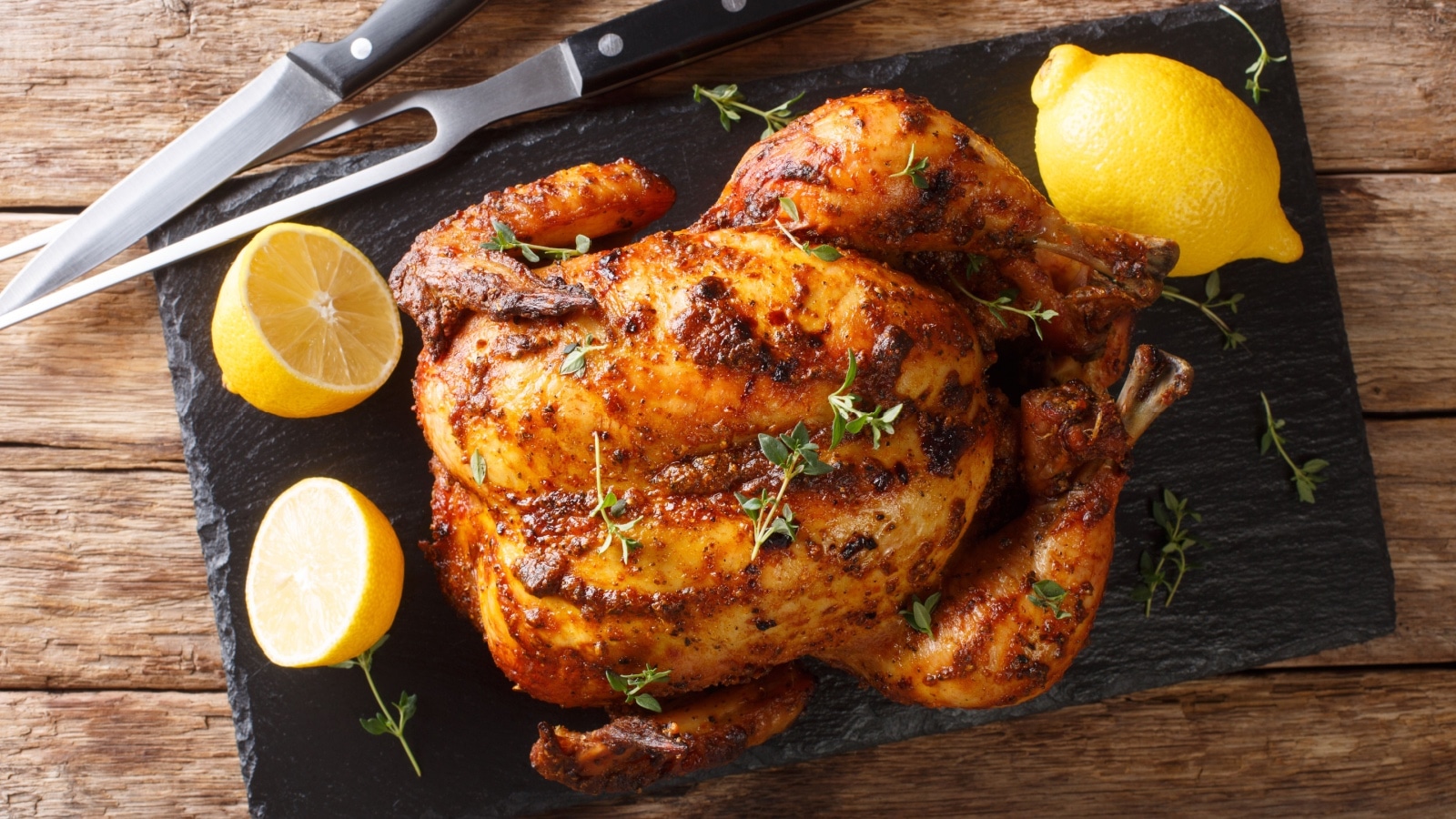
The Harvard Gazette states that “Barbecue” stems from the Taíno word barbacoa, which describes a wooden structure used to roast meat over fire. Early Spanish explorers introduced the term to Europe, and it gained widespread use in English by the 17th century.
Originally, it referred to both the cooking method and the grill itself. Barbecue has evolved into a global culinary tradition, but its roots in Indigenous practices remind us of its original purpose: a communal event centered around cooking. This term embodies togetherness and the universal joy of sharing a hearty meal.
Hickory
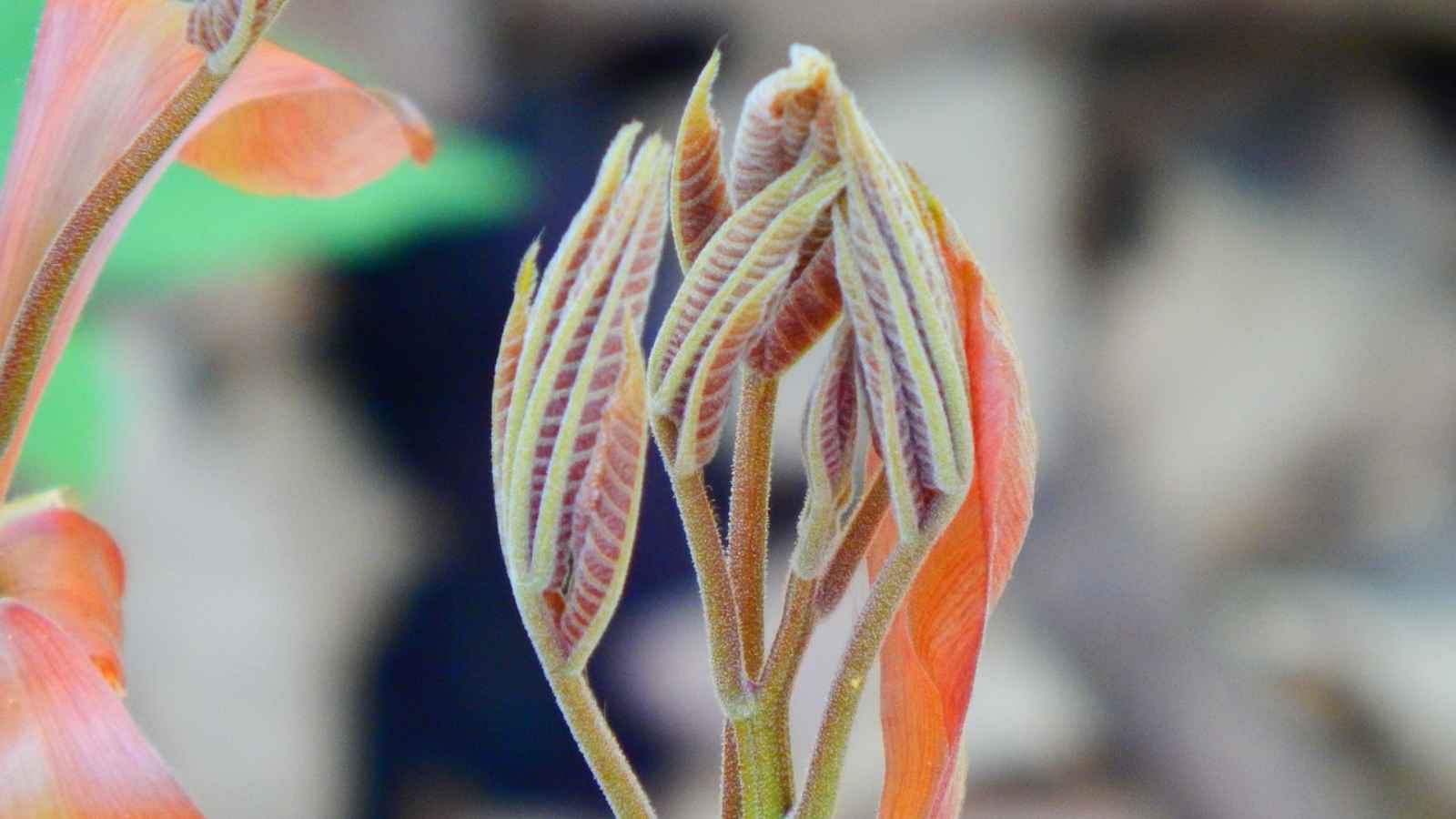
The word “hickory” comes from the Algonquian word pawcohiccora, as reported by Winona State University. This term referred to a type of nut milk made from crushed hickory nuts. English settlers adapted it to name the sturdy tree renowned for its tough wood and sweet, edible nuts.
Hickory trees were an essential resource for many Native American tribes, providing food, tools, and materials for building. Today, the word “hickory” is associated with everything from wood for furniture to flavoring for smoked barbecue, a testament to its versatile legacy.
Chipmunk
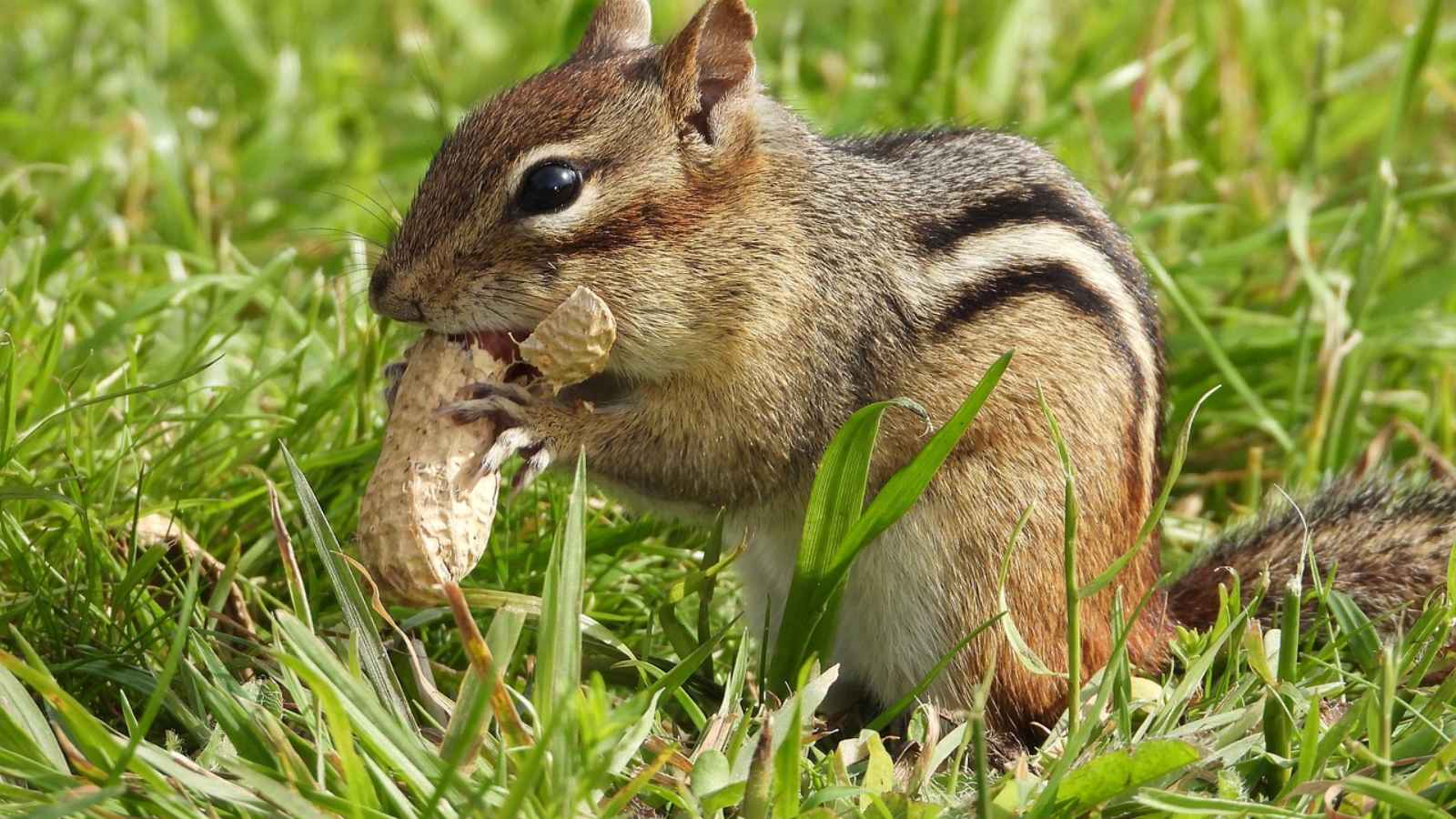
Derived from the Ojibwa word ajidamoo, meaning “one who descends trees headlong,” “chipmunk” aptly describes this tiny, energetic creature. The term was anglicized to its current form as settlers encountered these striped rodents across North America.
For many Indigenous tribes, the chipmunk symbolized resourcefulness and preparedness, as the creature is famously known for storing food for winter. To this day, the word evokes images of playful wildlife and the rhythms of nature.
Terrapin

According to the Virginia Department of Wildlife Resources, “Terrapin” comes from the Algonquian word torope, which describes a specific freshwater turtle. English settlers adopted the word to refer to turtles, particularly the diamondback terrapin, which is found in the eastern United States.
For many Native American cultures, turtles held symbolic meaning, often representing the Earth itself in creation stories. The term “terrapin” continues to honor these creatures, which are both ecologically significant and culturally revered.
Squash

The Library of Congress states that the word “squash” has its origins in the Narragansett term askutasquash, meaning “something eaten raw.” Native Americans cultivated squashes for centuries as a vital part of the Three Sisters agricultural method, alongside corn and beans.
European settlers adopted the word and the practice, incorporating squash into their diets. This versatile vegetable remains a staple of both Indigenous and global cuisines, illustrating how cultural exchange has shaped our food traditions.
Skunk
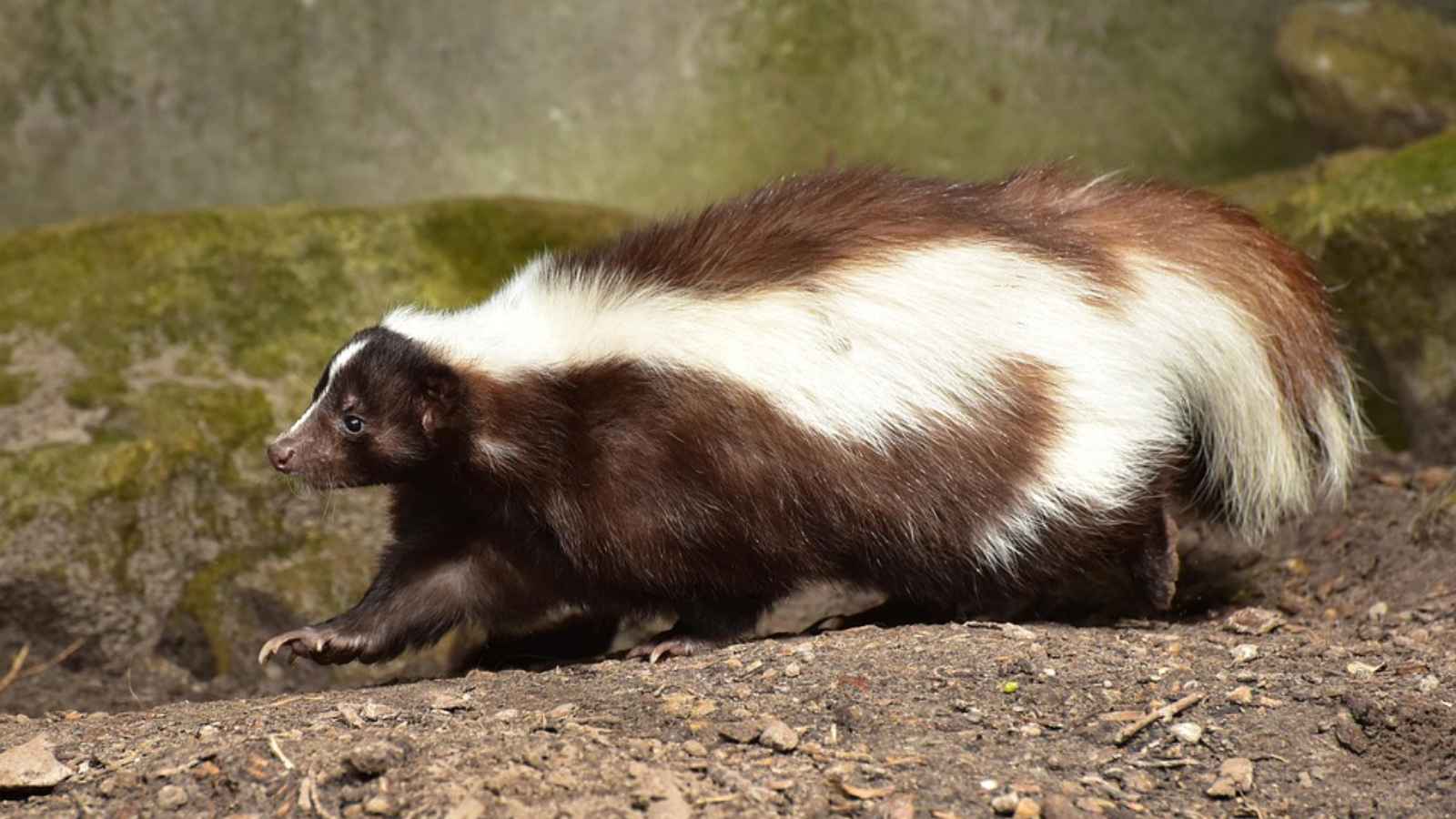
From the Algonquian term segankw, meaning “urinating fox,” the word “skunk” accurately captures the creature’s infamous defense mechanism. Skunks were well-known to Native Americans for their potent odor and nocturnal habits.
Stories about skunks often featured them as cunning tricksters. The adoption of this term into English conveys a mix of respect and practicality in describing an animal that’s impossible to ignore.
Moccasin

“Moccasin” originates from the Algonquian word makasin, used to describe a type of soft leather shoe. Many Native American tribes crafted moccasins from the hides of deer or moose, often decorating them with beadwork and quillwork embroidery.
These shoes were designed for function and comfort, well-suited to life in the forests and plains. “Moccasin” is now synonymous with this unique footwear, a testament to its enduring design and cultural significance.
Pecan

The word “pecan” derives from the Algonquian word pakan, referring to a nut requiring a stone to crack, as reported by Southern Nuts. Pecans were a vital food source for Indigenous tribes in the southeastern United States, prized for their nutritional value and storability.
Early settlers embraced pecan trees for their hardy nuts, and the word entered English usage. Today, “pecan” is both a beloved snack and a symbol of Southern cuisine, deeply rooted in Indigenous agricultural practices.
Tomahawk
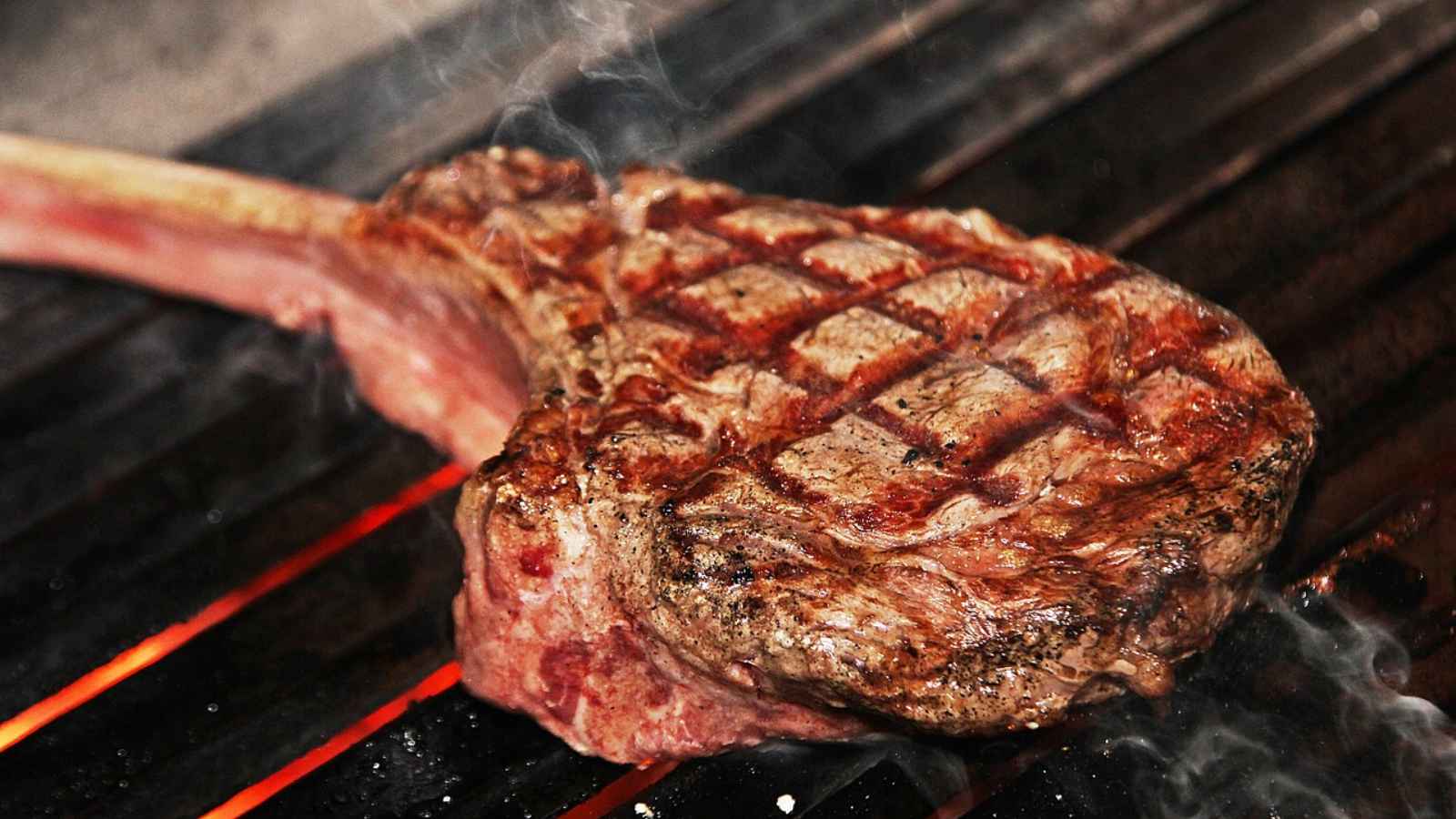
From the Powhatan word tamahaac, meaning “to cut with a tool,” “tomahawk” entered English to describe the lightweight axes used by Native Americans, according to the Peach State Archaeological Society. These tools served versatile roles, from hunting and woodworking to ceremonial purposes.
The tomahawk became a significant symbol in both warfare and peace, often exchanged as part of treaties or as gifts. Its name survives as a reminder of its functional and cultural importance.
Powwow
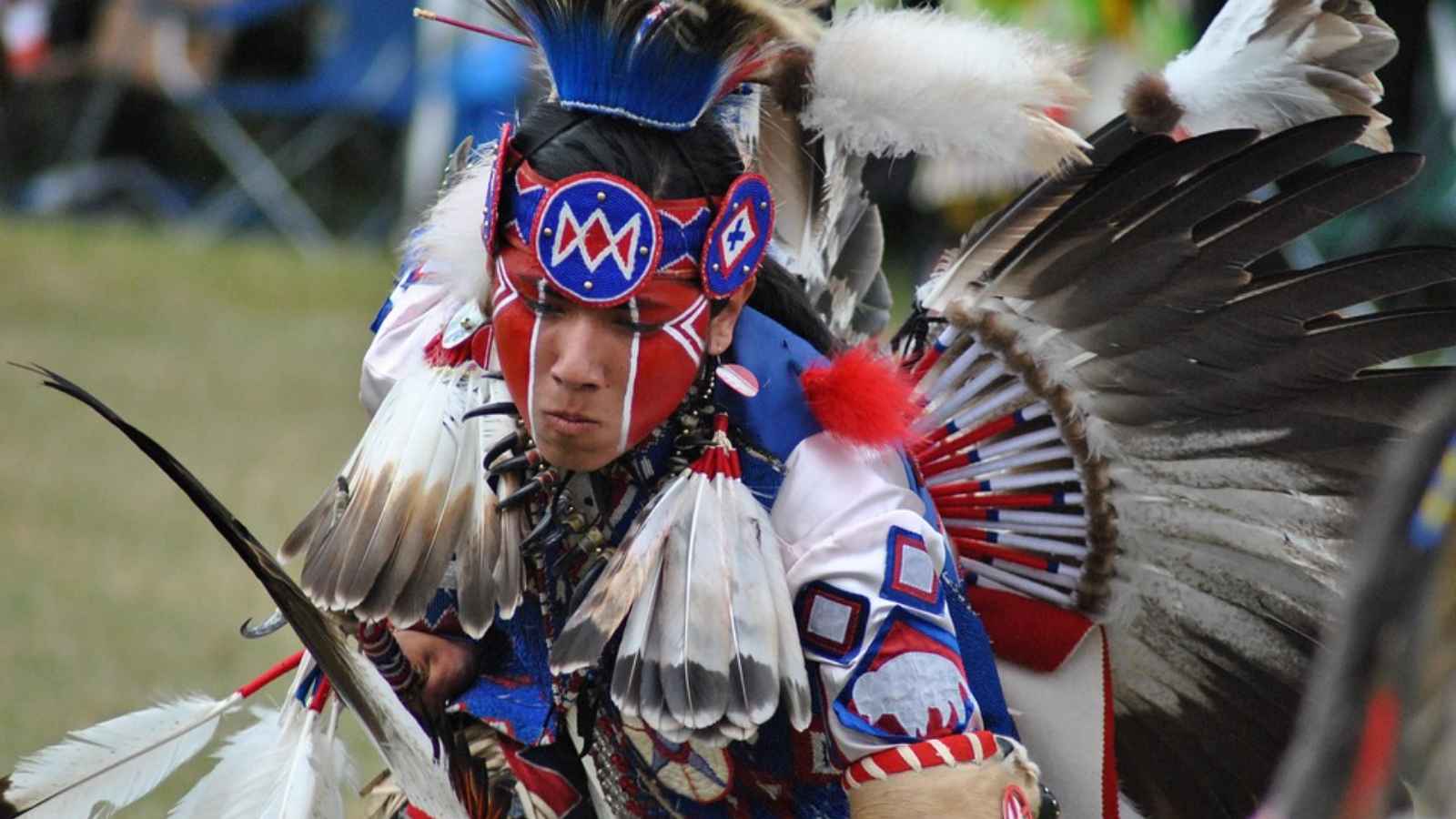
Derived from the Narragansett word pauwau, meaning “spiritual leader” or “healer,” “powwow” originally referred to sacred ceremonies. Over time, the term evolved to describe large gatherings celebrating Native American culture through dance, music, and storytelling.
“Powwow” now signifies community and cultural pride, illustrating how such traditions continue to thrive and inspire.
Caribou

From the Mi’kmaq word qalipu, meaning “shoveler” (describing how caribou paw through snow for food), English speakers adopted “caribou” to name this iconic Arctic mammal.
For many Indigenous peoples, caribou were a vital resource, providing meat, fur, and tools. “Caribou” remains a living link to these cultures’ deep understanding of their environment and the species they relied upon.
Manitou

The Algonquian word manitou refers to a spiritual force or being that pervades the natural world, as per The Canadian Encyclopedia. Adopted into English, “manitou” preserves its association with Indigenous cosmology and beliefs.
This term conveys the interconnectedness of life and the sacredness found in nature, offering a glimpse into the profound spirituality of Native American traditions.
Totem
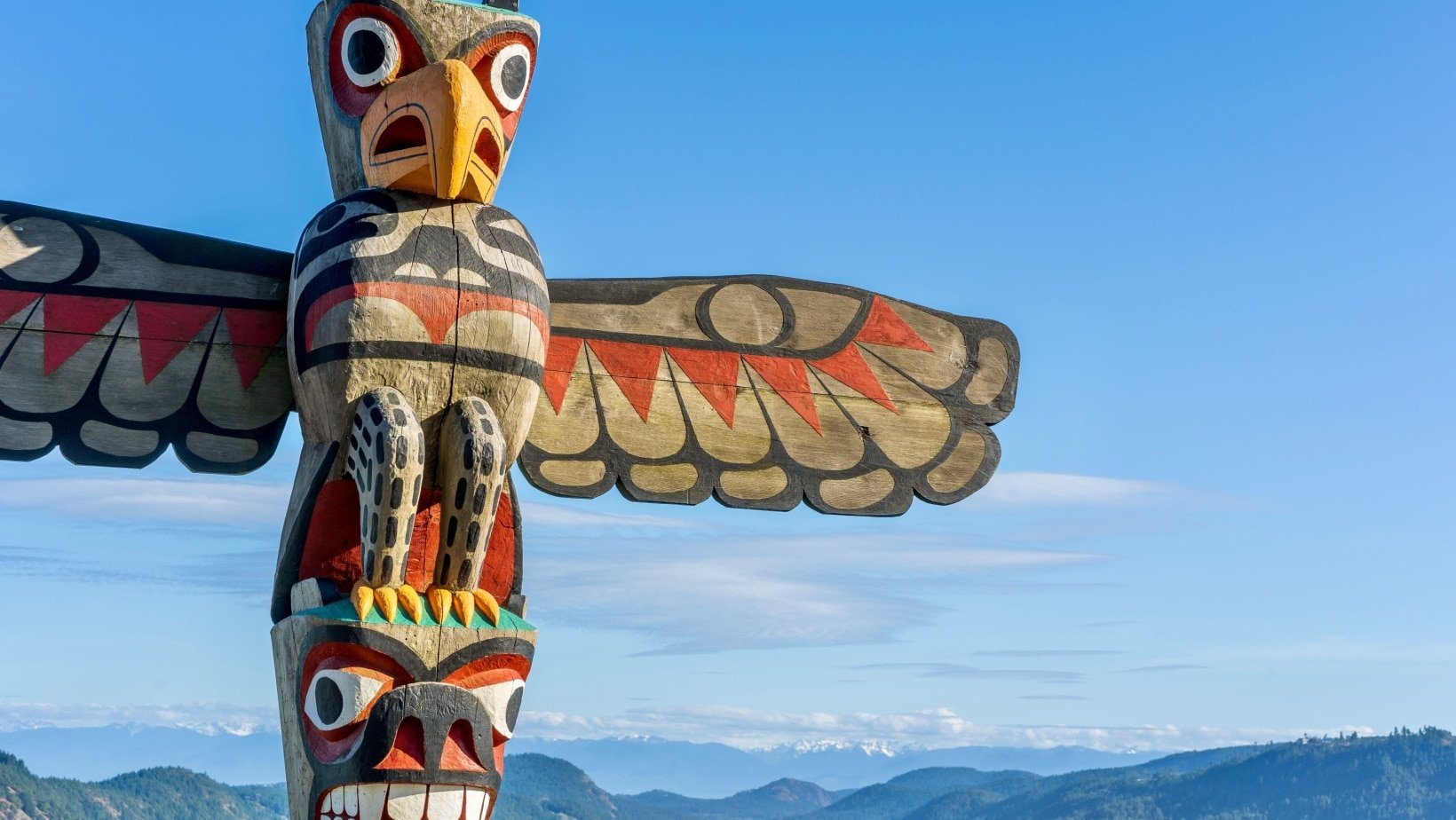
“Totem” comes from the Ojibwa word doodem, referring to a family or clan symbol. Totems often took the form of animals, embodying traits or values associated with specific groups.
While the word has expanded in English to mean any symbolic figure, its roots remain firmly planted in Indigenous cultures. The term “totem pole” further honors this tradition, representing stories, ancestry, and identity.
Bayou

The National Geographic Society states that “Bayou” originates from the Choctaw word bayuk, meaning “small stream.” It entered English through French settlers in Louisiana, where it referred to the slow-moving waterways characteristic of the region.
Bayous served as lifelines for Indigenous tribes, providing essential resources such as food, water, and transportation. The word continues to evoke the lush, mysterious beauty of these landscapes and their rich cultural history.
Kayak

The word “kayak” originates from the Inuit word qajaq. This narrow boat, invented thousands of years ago, was traditionally made from sealskin stretched over a wooden frame. It was used by Inuit hunters across the Arctic for fishing and hunting marine animals.
Today, “kayak” has become a global term and symbolizes outdoor adventure and leisure. It’s a remarkable example of how Indigenous innovation continues to influence modern recreational activities. The next time you paddle through still waters, remember the history behind this word.
Key Takeaways
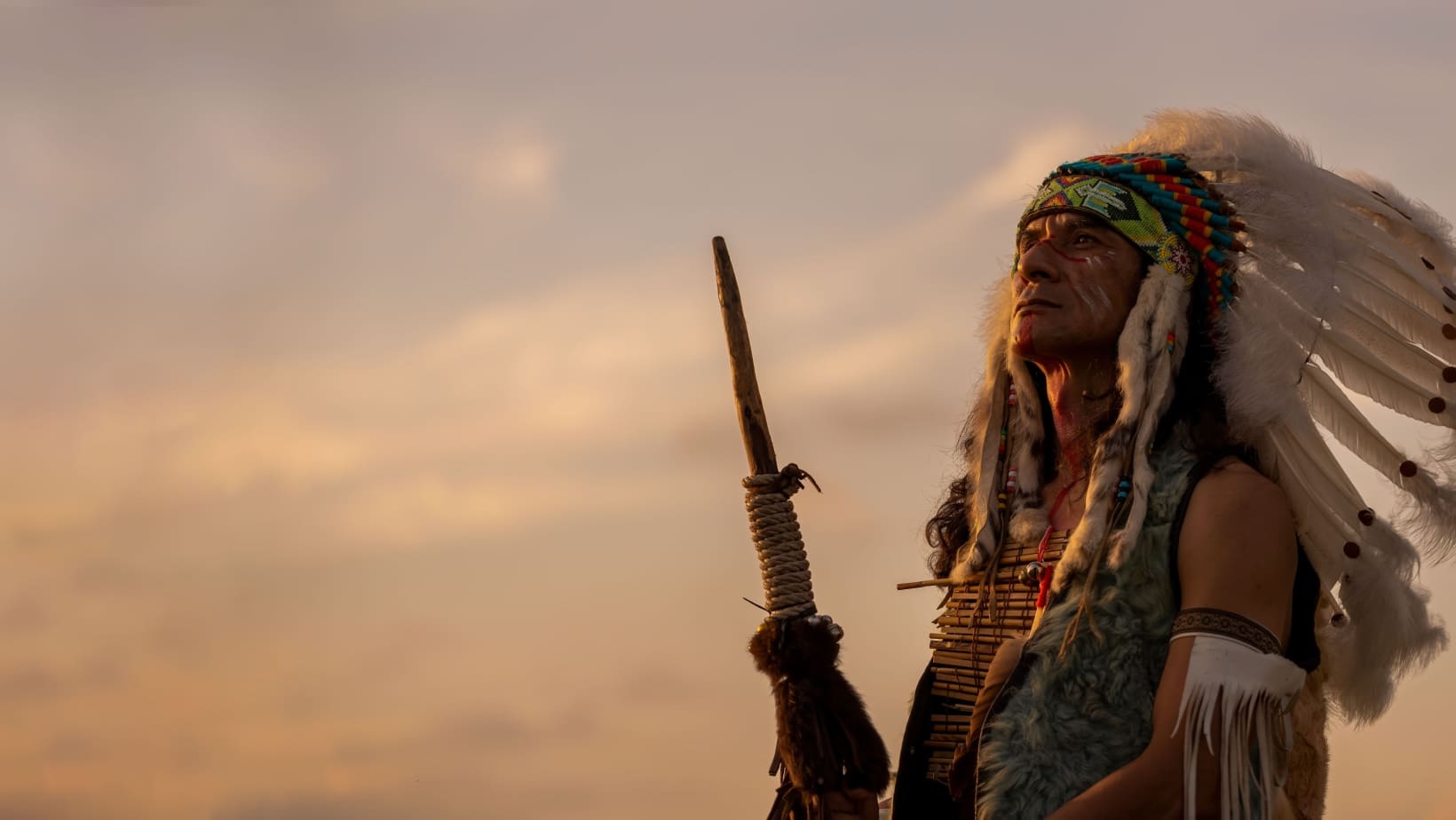
Many words from Native American languages are now deeply embedded in modern English, reflecting centuries of cultural exchange. These words offer fascinating insights into the history, culture, and daily life of Native peoples long before European settlers arrived. They highlight the complex and enduring influence of Indigenous knowledge on food, agriculture, technology, and even our language.
Exploring the origins of these words enriches our understanding of language and highlights cultural contributions that are often taken for granted. Next time you enjoy a cup of rich chocolate or kayak through a bayou, take a moment to appreciate the narratives woven into these everyday terms.
Disclaimer – This list is solely the author’s opinion based on research and publicly available information. It is not intended to be professional advice.
How Total Beginners Are Building Wealth Fast in 2025—No Experience Needed

How Total Beginners Are Building Wealth Fast in 2025
I used to think investing was something you did after you were already rich. Like, you needed $10,000 in a suit pocket and a guy named Chad at some fancy firm who knew how to “diversify your portfolio.” Meanwhile, I was just trying to figure out how to stretch $43 to payday.
But a lot has changed. And fast. In 2025, building wealth doesn’t require a finance degree—or even a lot of money. The tools are simpler. The entry points are lower. And believe it or not, total beginners are stacking wins just by starting small and staying consistent.
Click here and let’s break down how.
5 Easy Steps to Change Any Habit

5 Easy Steps to Change Any Habit
We all click on them with the hope that just THIS time the secret to changing a bad habit or adopting a healthy one will be revealed and we’ll finally be able to stick to that diet, stop that one or ten things that might in the moment make us feel temporarily good but really just make us fat, unhealthy, sad, mad or just frustrated with ourselves.
Well… this isn’t one of those articles. I don’t have 5 easy steps to help you change your habits….





